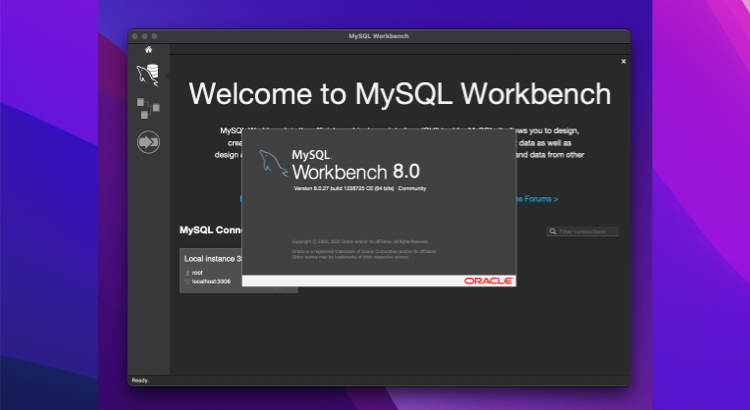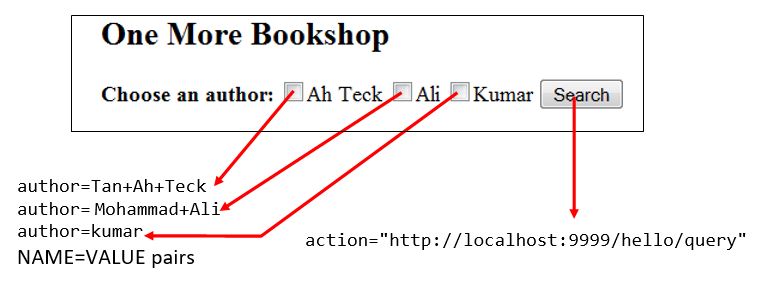

#no-auto-rehash # faster start of mysql but no tab completition # For generating SSL certificates I recommend the OpenSSL GUI "tinyca". # Read the manual, too, if you want chroot!

# Read the manual for more InnoDB related options. # InnoDB is enabled by default with a 10MB datafile in /var/lib/mysql/. #binlog_ignore_db = include_database_name # README.Debian about other settings you may need # note: if you are setting up a replication slave, see # The following can be used as easy to replay backup logs or #log_slow_queries = /var/log/mysql/mysql-slow.log # Here you can see queries with especially long duration #general_log_file = /var/log/mysql/mysql.log

# As of 5.1 you can enable the log at runtime! # Be aware that this log type is a performance killer. # Both location gets rotated by the cronjob. # This replaces the startup script and checks MyISAM tables if needed # localhost which is more compatible and is not less secure. # Instead of skip-networking the default is now to listen only on # apparmor, you may also need to also adjust # If you make changes to these settings and your system uses # The following values assume you have at least 32M ram # Here is entries for some specific programs # Remember to edit /etc/mysql/debian.cnf when changing # ticks/quotes escpecially if they contain "#" chars. # It has been reported that passwords should be enclosed with # This will be passed to all mysql clients # -print-defaults to see which it would actually understand and use. # Run program with -help to get a list of available options and with # One can use all long options that the program supports. # - "~/.my.cnf" to set user-specific options. # - "/etc/mysql/my.cnf" to set global options, # The MySQL database server configuration file. datadir=/usr/local/var/mysql -tmpdir=/tmp Mysql_install_db -verbose -user=`whoami` \\ Run the following two commands to allow MySQL to run under your user account: unset TMPDIR The main purpose of doing this is to ensure that the configuration of the local environment is set up as close as possible to the production environment. This guide assumes Homebrew is installed and properly functioning.įirst, ensure that Homebrew is update to date and ready to brew: brew update Here are the instructions for installing it on a Mac using Homebrew. However, I thought it would be much more convenient to have it available directly instead in a virtualized environment. I could have loaded up an instance of Ubuntu 12.04 LTS on VirtualBox and used that. Recently, while doing some development on my Mac, I realized I didn’t have MySQL installed. UPDATE: This post is probably very out of date.


 0 kommentar(er)
0 kommentar(er)
